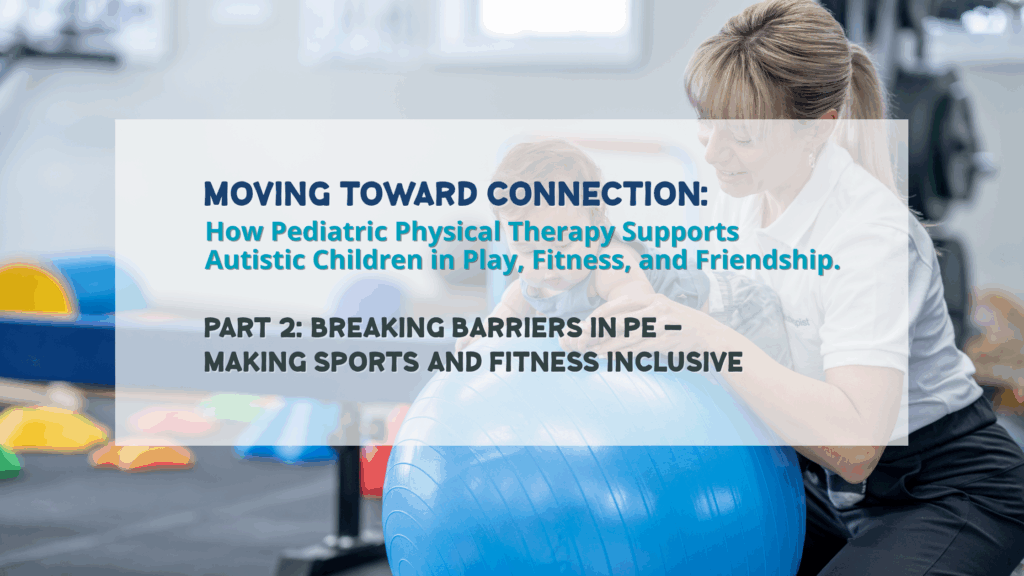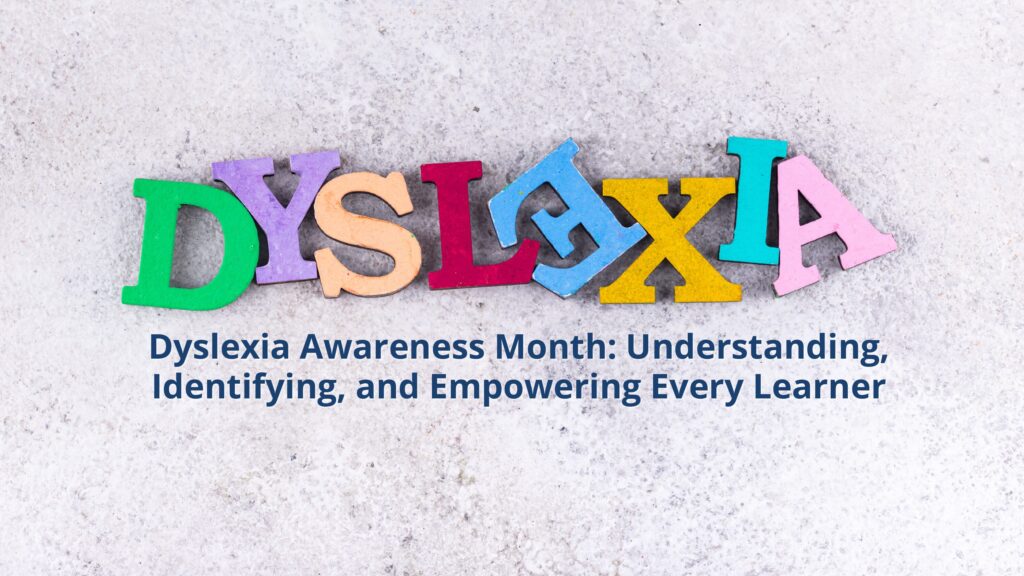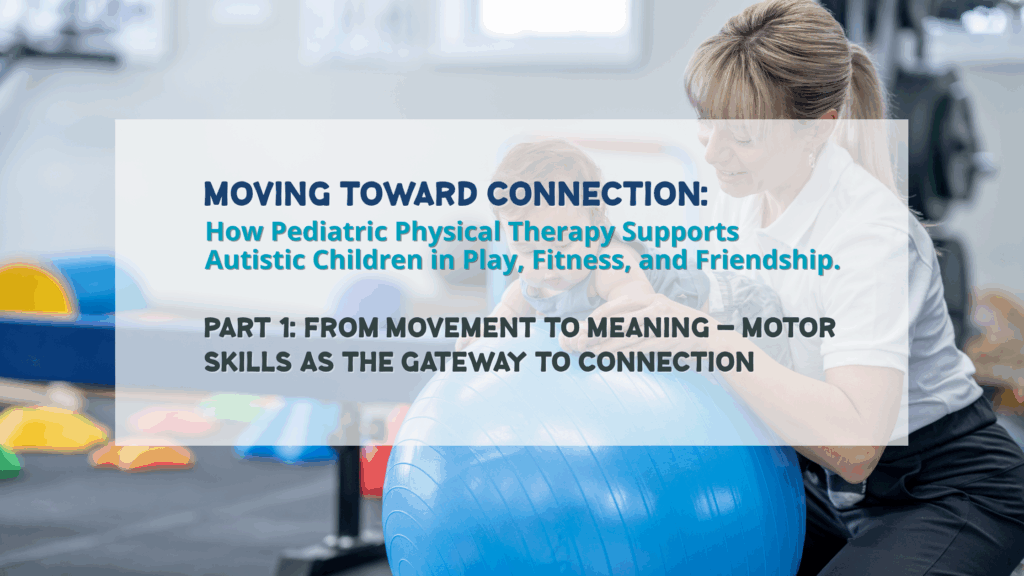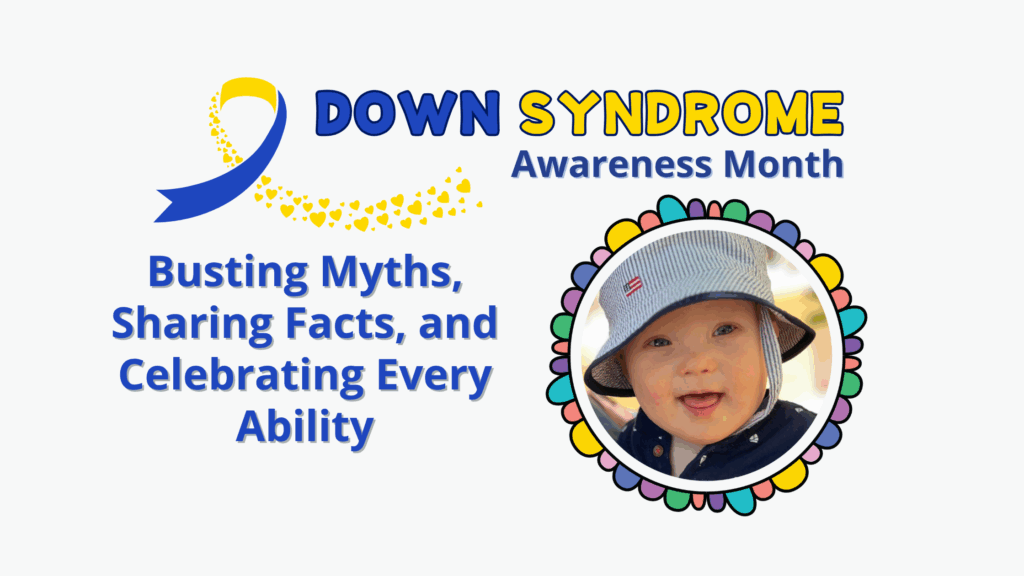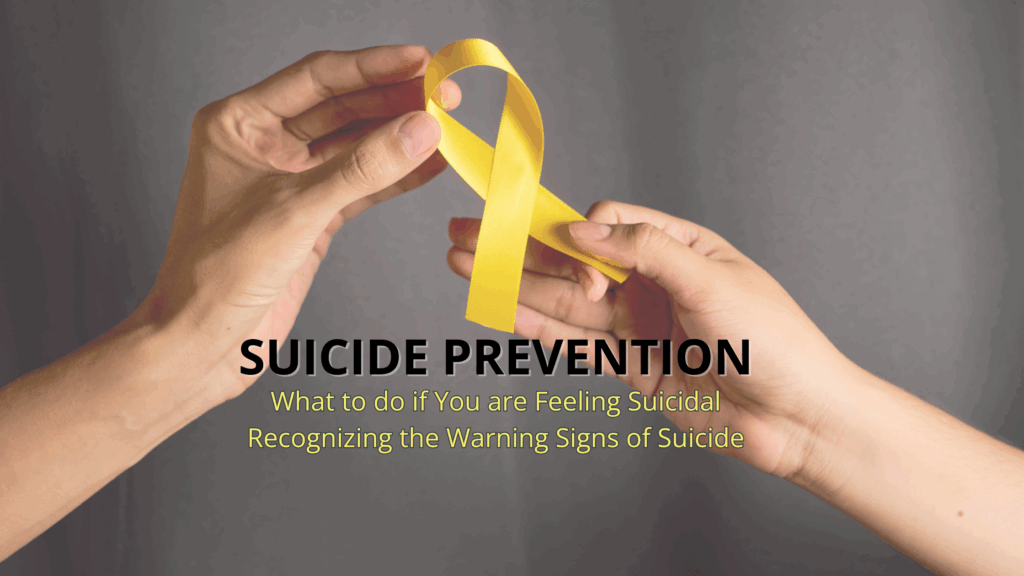The purpose of this article is to provide more information about what stuttering therapy may look like. Parents and teachers alike may crave more information about how to begin seeking any information or speech and language therapy for their child/student who stutters. Activities may vary by therapist.
Replacing Myths with Facts
Did you know that therapy can help manage stuttering? Did you also know that nervousness does not cause stuttering? Who do you think stutters more, males or females? Many of my sessions first begin with addressing any myths and replacing them with facts for my students and parents. For example, although there is no cure for stuttering, stuttering modifications and treatment approaches are provided. The speech pathologist may tell the client that it is okay to stutter. A portion of the session could also be devoted to shedding light on famous individuals who stutter(ed), such as James Earl Jones.
Discussing the Iceberg of Stuttering and/or Speech Mechanism
Depending on the age of the client, I like to show the students and families an iceberg to represent a multitude of ideas. What is above the iceberg is the stuttering itself, but what is beneath the iceberg could be negative thoughts and feelings, guilt, avoidance of speaking situations, etc. For younger students and some adolescents, I like to teach them more about the speech mechanisms, or how speech is produced (i.e. voice box, lungs). I also help them to identify points of tension during moments of stuttering.
Stuttering Tips are Taught
Tips and stuttering modification techniques are taught based on the type and severity of the stutter for the client. For example, while working with a younger child who stutters it is important to vary the language used to help treat the stutter (i.e. bumpy speech versus smooth speech). The use of Easy Relaxed Approach with Smooth Movement technique, or ERASM, can be instructed to the older individual. It’s also important to teach parents and teachers to allow the individual time to finish his or her thought and never to interrupt or interject what they think the individual is trying to say.
How young can the child be to start therapy?
Stuttering therapy can begin at 5 years old or younger, but treatment is determined on a case-by-case basis. It is important to note that the presence of a stutter does not always mean the person has a stuttering disorder. There are times when every person experiences a word repetition and there is a period of time that children may experience a stutter that they will eventually outgrow. A Speech-Language Pathologist will consult with the parent/individual and conduct a skilled evaluation (if appropriate) to gather important data, family history, determine the severity of the stutter, thoughts/feelings surrounding the stutter, and any secondary behaviors that accompany the stutter (i.e. head nod/foot tap).
Please contact us for more information on stuttering therapy or any of our other therapeutic services.

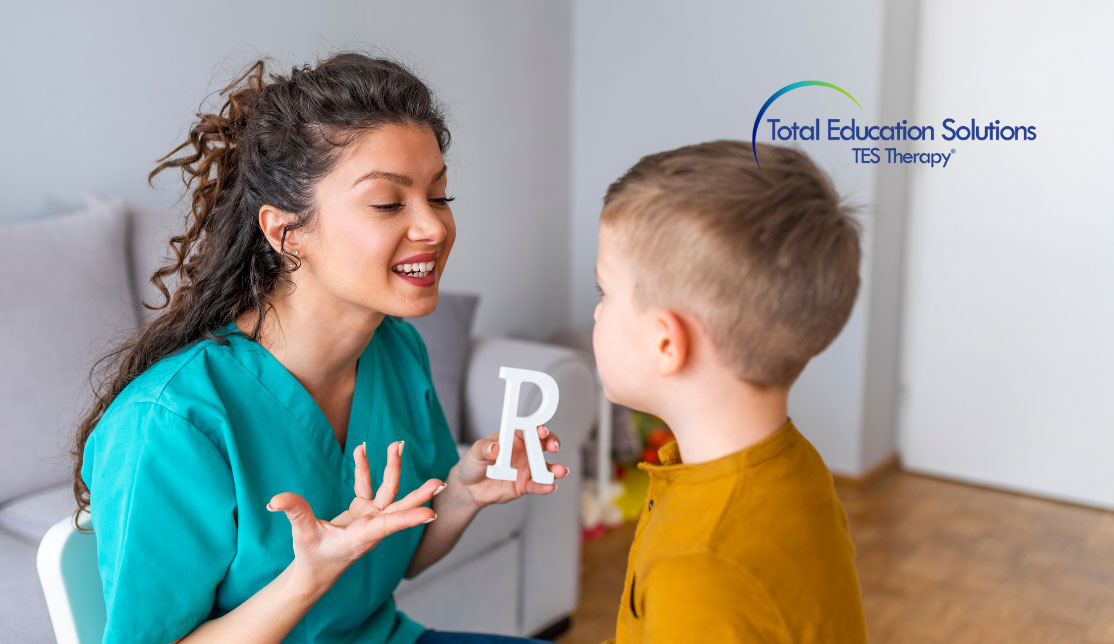
 10 Jul 2020
10 Jul 2020 


